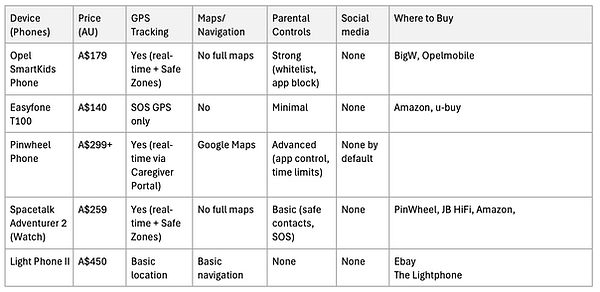
MOBILE PHONES
Mobile phones at Bundoora Secondary College
What is the Department of Education's stance on mobile phones?
The Victorian Government's policy requires all public school students to switch off and securely store mobile phones during school hours, with exceptions for documented learning, health, or risk-related needs, as determined by the principal. Schools must provide secure storage, and while the policy aims to reduce distractions and promote social interaction, students can still bring phones to school but are not permitted to use their phones during recess or lunch.
there has been a lot happening over the last few years in the mobile phone space with enhancements in technology and applications . Whilst the challenges and dangers of technology are well known to those educating young people, the impacts on young people are now becoming quantifiable through evidence and data. So much so, the Australian government is putting forward changes to social media bans in December. More information can be found here.
What is BSC's stance on mobile phones?
You can find BSC's current mobile phone policy here.
Our key concerns based on studies
1. Mental Health Impacts
-
A recent study found that receiving a smartphone before age 13 is linked to poorer mental health outcomes, including increased rates of suicidal thoughts, aggression, and detachment from reality.
-
Social media platforms like Instagram and TikTok can be addictive, contributing to anxiety, depression, and low self-esteem among teens.
2. Reduced Attention Span and Academic Focus
-
Excessive screen time is associated with shortened attention spans, making it harder for students to concentrate in class or complete homework.
-
Notifications and constant connectivity can disrupt sleep and study routines.
3. Exposure to Inappropriate Content
-
Teens may encounter unsolicited or harmful content, including violence, sexual material, or misinformation, especially on algorithm-driven platforms.
4. Cyberbullying and Online Harassment
-
Smartphones give constant access to social media, where cyberbullying can occur at any time, often without adult supervision.
-
Victims may experience emotional distress, isolation, and academic decline.
5. Privacy and Safety Risks
-
Young teens may not fully understand privacy settings, making them vulnerable to online predators, scams, or data breaches.
-
Sharing personal information or images can have long-term consequences.
6. Social Pressure and Identity Issues
-
Teens often feel pressure to conform to online trends or appearances, which can affect their self-image and identity development.
-
Online interactions may replace real-life relationships, reducing face-to-face social skills.
7. Physical Health Concerns
-
Excessive smartphone use is linked to eye strain, poor posture, and reduced physical activity.
References:
Baronio, J. (2025). Smartphones affect young people's mental health so are dumbphones the answer? ABC News. [Accessed 5 Oct. 2025]
Hutchinson, J., Humphry, J. & Boichak, O. (2024). Emerging Online Safety Issues: Public Research Report. The University of Sydney. [Accessed 5 Oct. 2025]
Baron, J. (2024). Are Smartphones and Social Media Really That Bad for Teens? Psychology Today. Available at: [Accessed 5 Oct. 2025]
ReachOut Australia. (2023). Technology and Teenagers. ReachOut Parents. [Accessed 5 Oct. 2025]
The Royal Children’s Hospital Melbourne. (2023). Mental health of children 8–13 years in Australia. RCH National Child Health Poll, June. [Accessed 5 Oct. 2025]
headspace. (2022). National Youth Mental Health Survey (for 12–25 year olds). headspace National Youth Mental Health Foundation. [Accessed 5 Oct. 2025]
So what age-appropriate device can we buy?
We are not in a position to recommend any devices, however, we started a little research on some that are available, which might be able to provide you a starting point for your own research!


